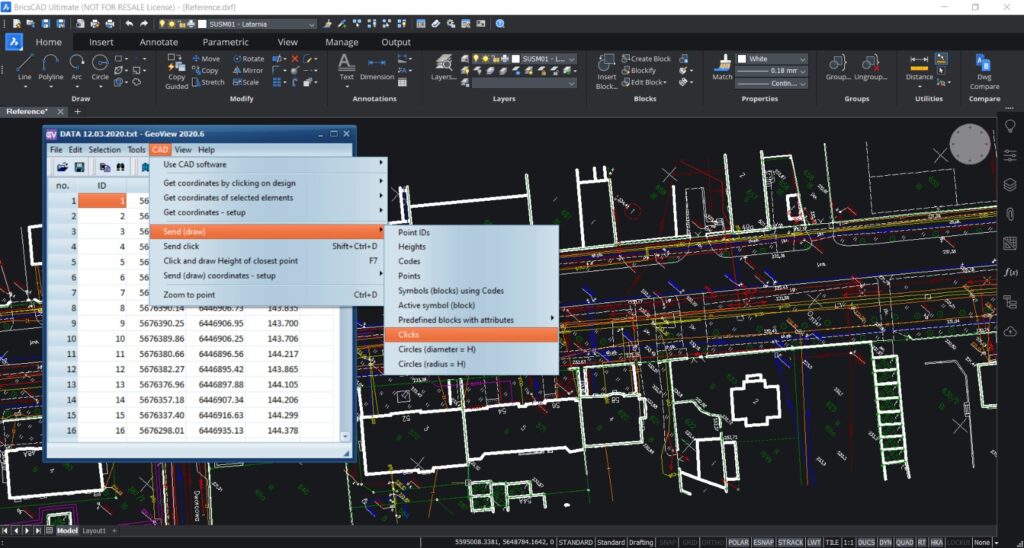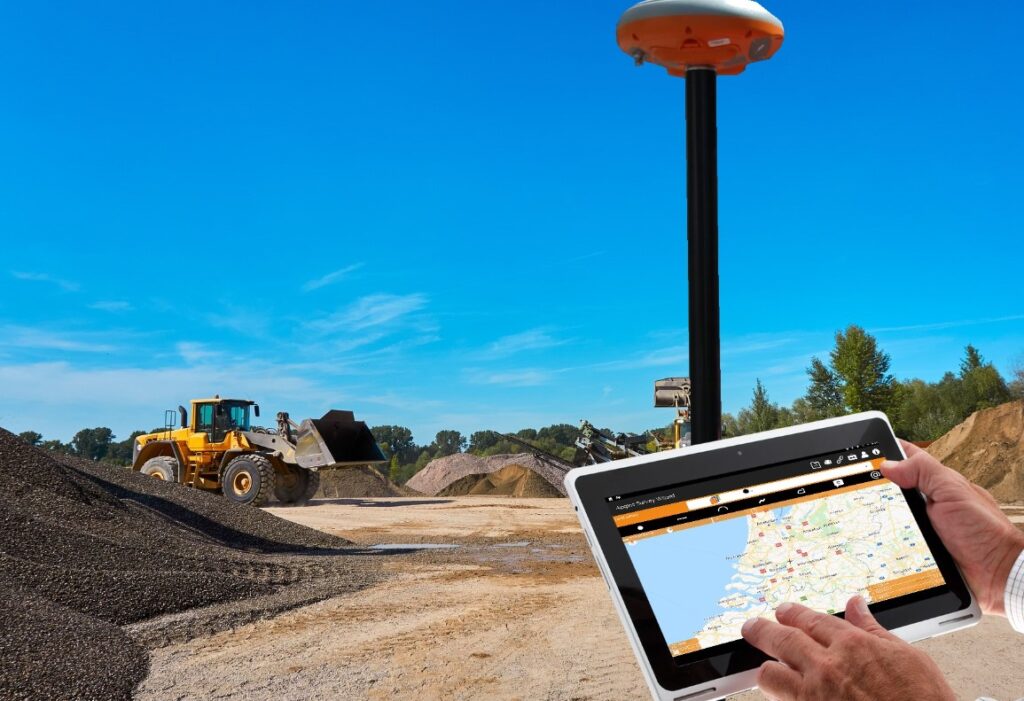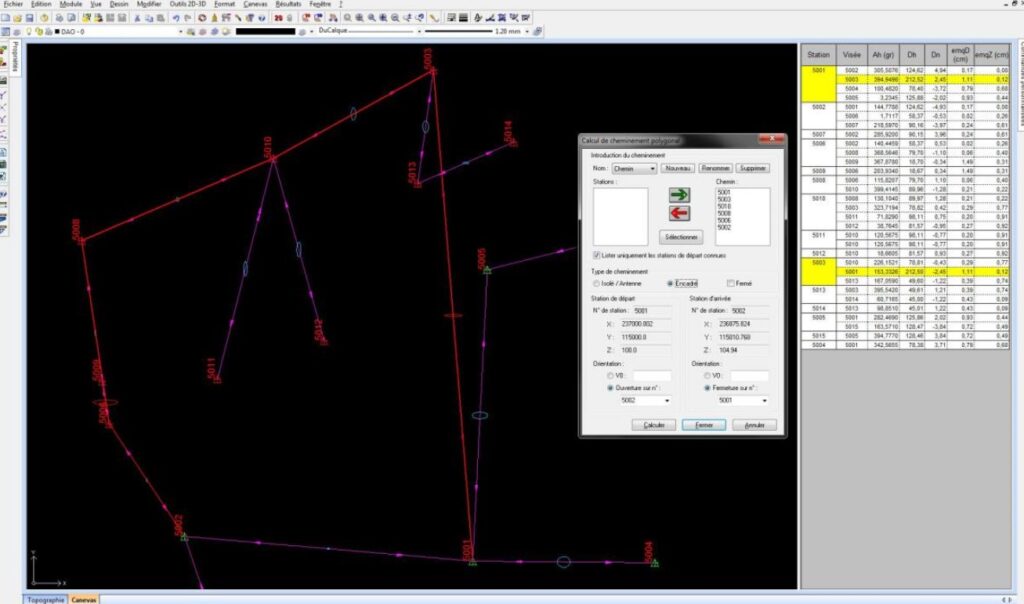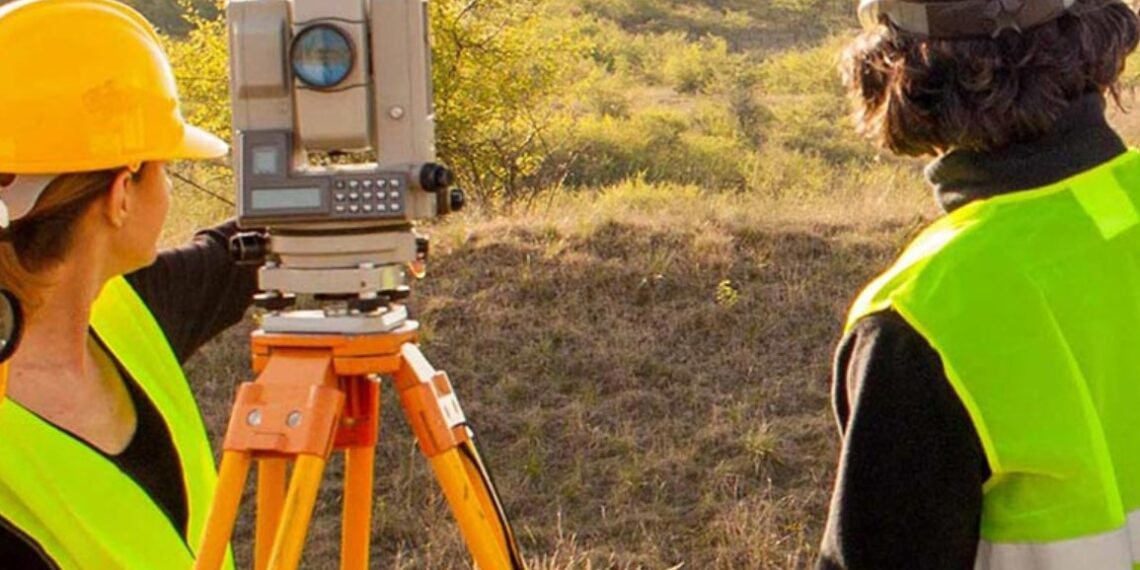Surveyors 2023 is around the corner, and with it comes a lot of changes. With new technologies and procedures being introduced on a regular basis, it can be hard to keep up. That’s where software for surveyors comes in – by helping you choose the best software for your needs, you can save time and money in the long run.
What are the Different Types of Software for Surveyors?

There are a variety of different types of software and site survey tools for surveyors. Some surveyors prefer to use desktop software, while others prefer to use software that is portable and can be used on a number of different devices.
• Some of the most common types of desktop software include GIS (geographic information system) software, map software, and surveying software. These types of software are usually used to create maps and charts, as well as to perform surveying tasks.
• Another type of desktop software is mapping software. This type of software is designed to help surveyors map out areas that they are interested in. It can also be used to create maps of buildings and other structures.
• Portable survey equipment can also be used when conducting surveys. This equipment includes GPS units, compasses, and lasers. It is important to note that portable equipment is not always accurate, so it should only be used when necessary.
Surveyors also use a site survey app for various purposes. For example, some surveyors use mobile apps to record data while they are on the job. Others use mobile apps to track progress during a project.
What are the Advantages and Disadvantages of Each Type of Software?

There are a number of different software options available for surveyors. Here are some of the advantages and disadvantages of each type:
Advantages of traditional survey software
Traditional survey software is very reliable and can handle large data sets with ease. It is also easy to use, so surveyors who are new to the field will be able to learn it quickly. This software is usually affordable, making it a good option for small businesses.
Disadvantages of traditional survey software
Traditional survey software is not as versatile as some other options. It is typically designed for land surveying, which means that it may not be suitable for other types of mapping or surveying work. Additionally, traditional survey software is not always available in various languages, so cross-border work may be difficult to do with this type of software.
How to Choose the Best Software for Your Needs?

If you’re a surveyor, you need to use software to help you with your work. There are a lot of different options out there, and it can be hard to decide which one is the best for you.
Here are some tips to help you choose the right software:
1. Get a trial version of the software. This will allow you to try it out before you buy it. This is important, because you want to make sure that the software is compatible with your equipment and data processing needs.
2. Consider the features of the software. You need to be able to use the software for accurate surveying purposes. Make sure that the features available in the software meet your needs.
3. Compare prices and features of different software packages. Sometimes, it’s worth paying a bit more for a package that has more features than others.
However, don’t let price be the only factor that you consider when selecting a software package; also consider compatibility and user reviews.
Conclusion
Surveying is a skill that has been passed down from generation to generation, and it is an important part of land management. In order to ensure the accuracy of surveys, it is important to use the right software. There are a number of different software options out there, so it can be difficult to decide which one is best for you. To help make things easier, this article will provide you with tips on how to choose the best surveying software for your needs.





